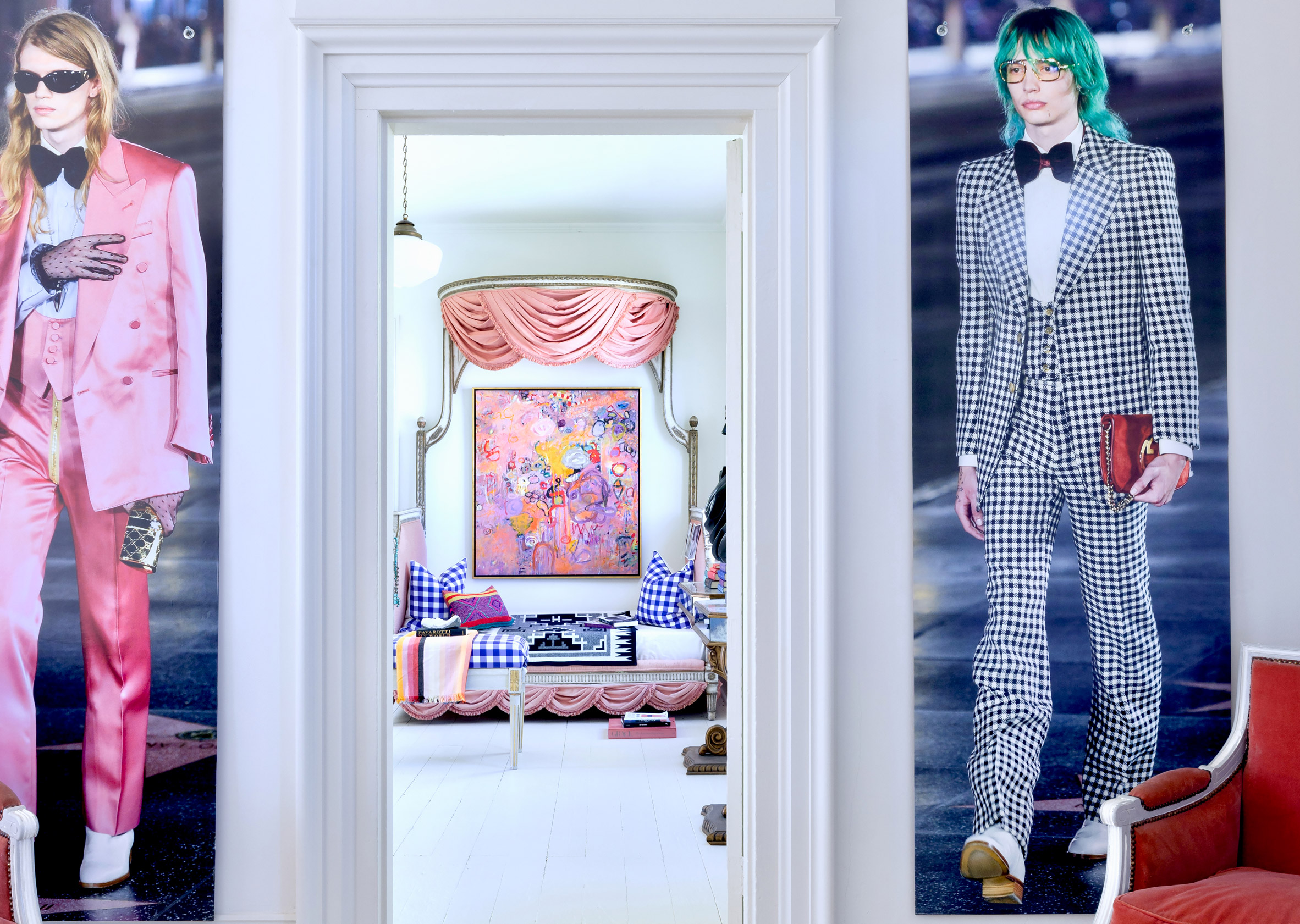Widely known for her incomparable mix of colour, couture, pop culture and history, Kelee Katillac puts a contemporary spin on the past with modern designs for the 21st century.
It was during a childhood visit to Mount Vernon, the historic home of George and Marsha Washington, that Kelee Katillac first realised she wanted to become an interior designer. “It was overcast and dewy that day on the Potomac River, and the Mount Vernon boxwood hedges scented the kitchen garden. It was then that, in my heart, I became a preservationist and a designer,” she tells Effect. Today, the Kansas City-based designer, who founded her business back in the 1990s, is renowned for her work in design that honours historic structures while adding a modern-day spin for the contemporary owner. “Old houses are not hermetically sealed time capsules,” she adds. “We must connect to the founder’s story and then add our own narrative to the timeline.”
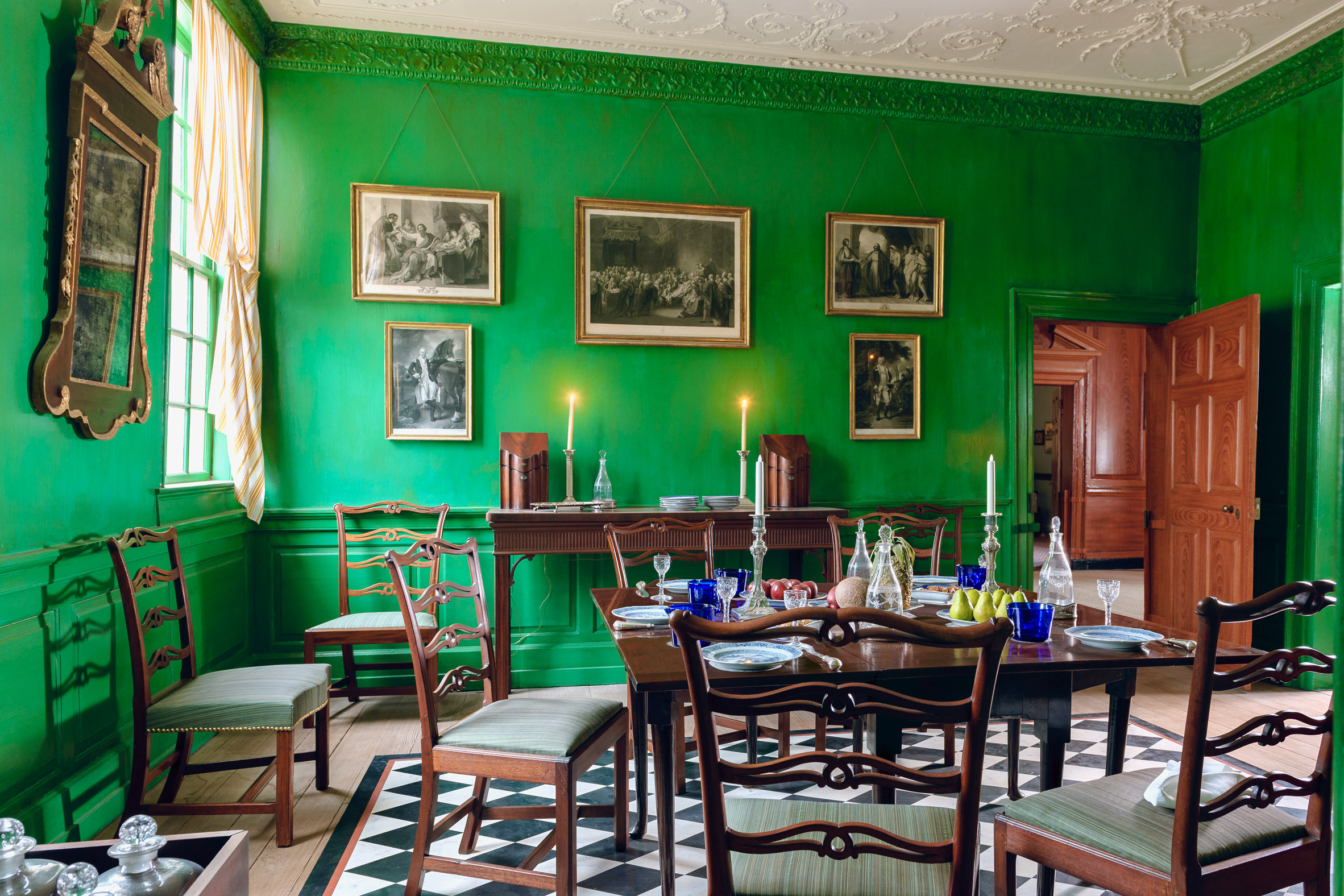
It’s this fusion of the old and the new that informs Historic Style, Katillac’s latest coffee table book that is packed with bold colour, pop culture, music, historic preservation and over 240 stunning images shot by some of the world’s leading photographers. “It’s so much more than that though,” she explains. “We have the contributions of America’s great house museums, including Mount Vernon, and curators to provide a backdrop for study or research for our modern reimagining of personal projects, too. It is a holographic and immersive book that unveils how to save historic buildings and examine what resonates about a place for us personally, and how to connect our story with the past and bring the space into the now.”

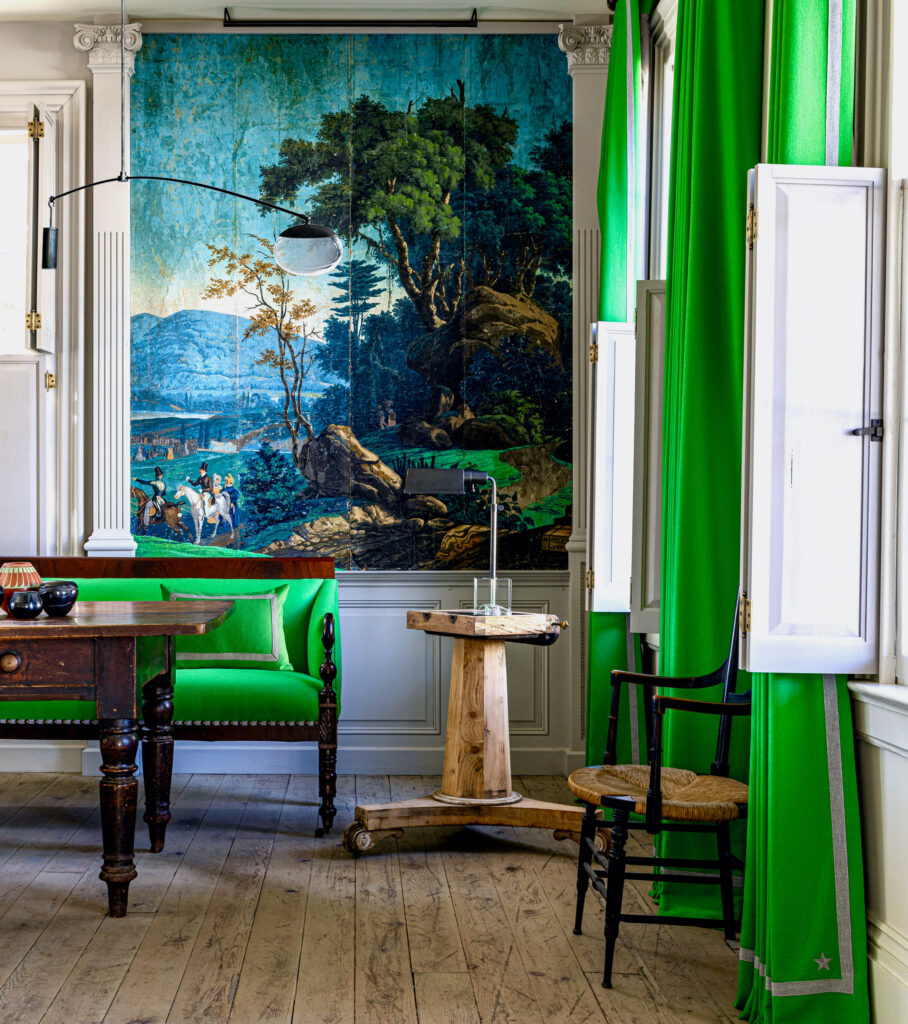
Drawn to what she describes as their gobsmacking craftsmanship, handmade details, mythic tropes and artistic symbolism, Katillac’s love affair with historic homes and period décor dates back decades, and nowhere is it more evident than in her transformation of the Henry Blosser House in Missouri. A family homestead built between 1874 and 1878 by one of the Midwest’s most successful businessmen, the mansion was declared the most endangered residence in the state back in 2014. But thankfully, Katillac’s clients Dr Arthur and Carolyn Elman—also keen preservationists and collectors of historic homes—came to the rescue. “The Henry Blosser House rehabilitation is a 360-degree manifestation of my life’s work,” enthuses Katillac. “It’s a case study on how to save a forgotten, disrespected pile and perform a miracle of transformation on the house body.”
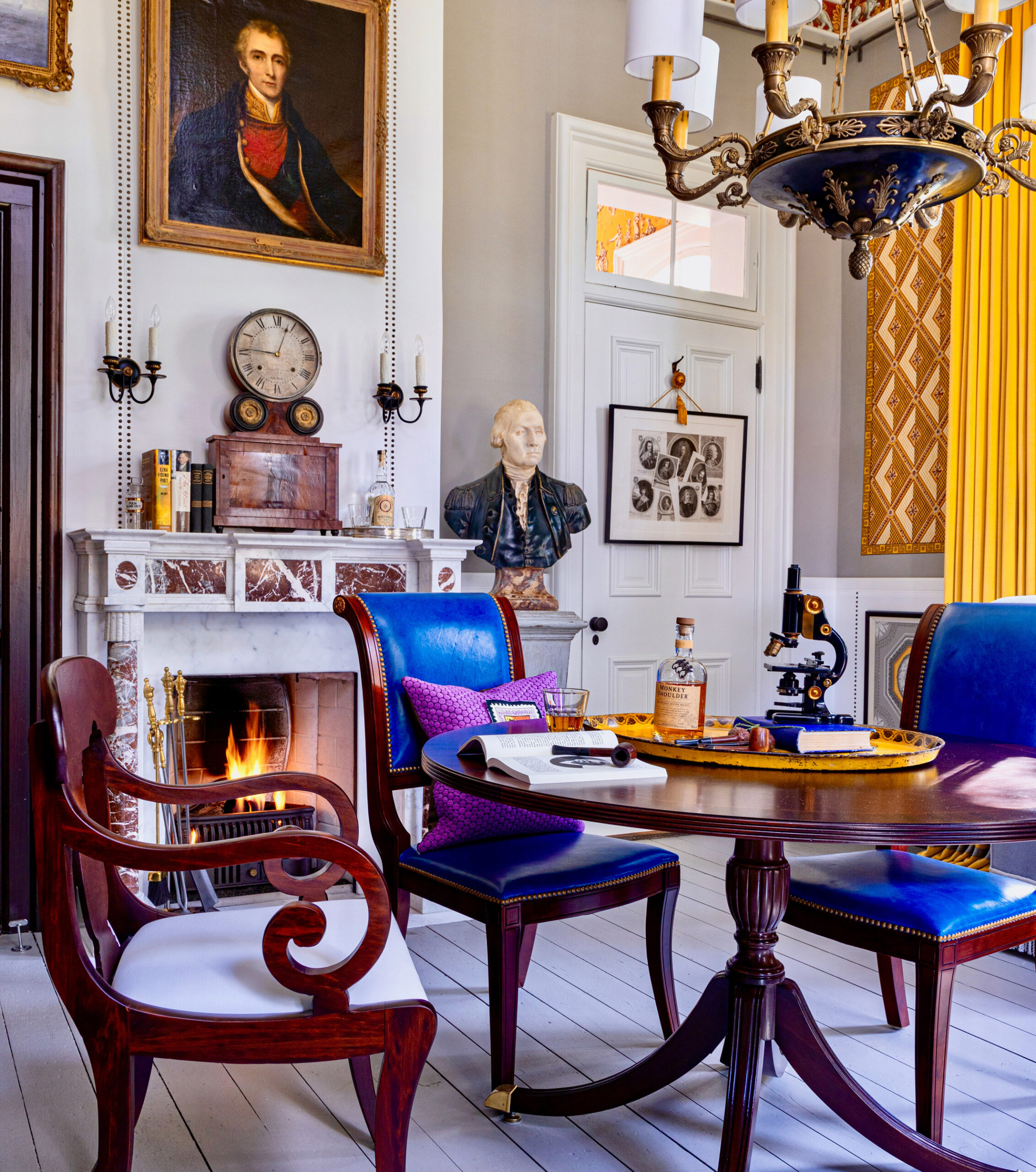
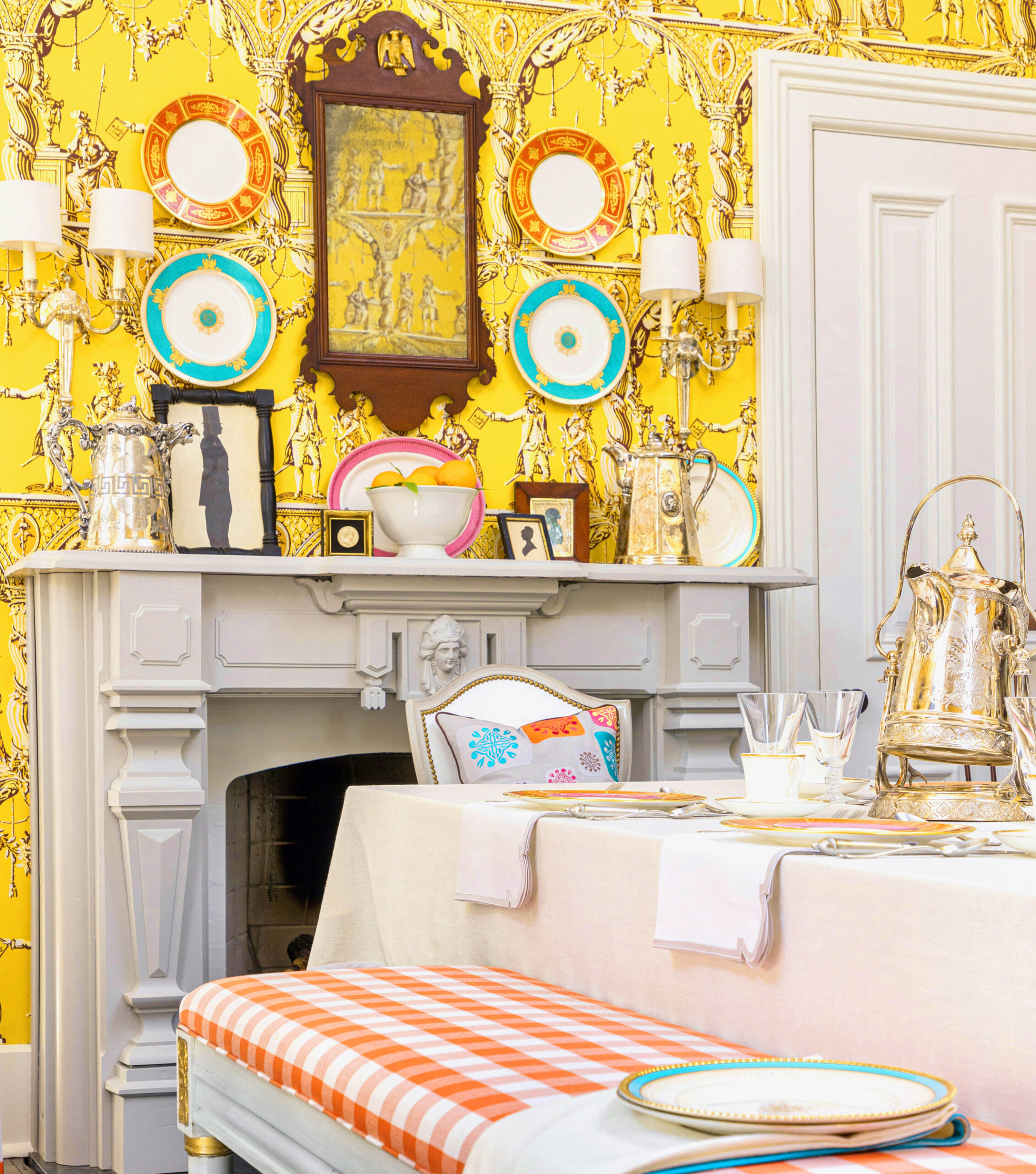
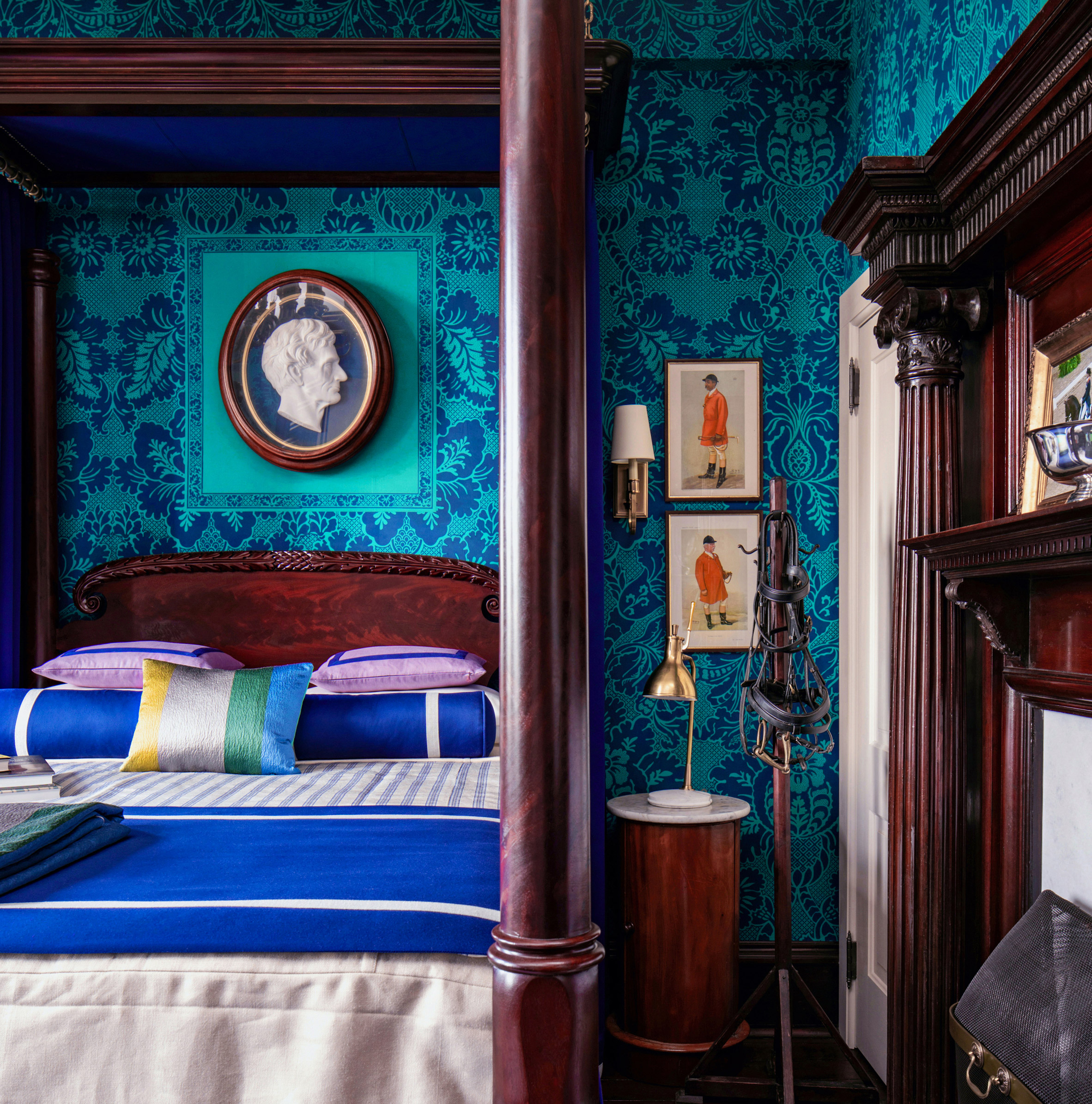
Together the trio embedded all the commercial and National Park Service standards into the renovation, creating an eclectic hybrid of all parties that have ever been involved in the building’s development. “The visual narrative weaves together Henry and Sarah Blosser, the Swiss immigrants that built the home, and the new 2015 owners,” explains Katillac. “Inside there are references to where the house style came from, including the Swiss architect Daniel Walters who was retained by the Blossers to design the residence, second empire progenitor Napoleon III, the upstart American immigrant story, and the personal collections and experiences of the Elmans.”
Old houses are not hermetically sealed time capsules. We must connect to the founder’s story and then add our own narrative to the timeline.
Kelee Katillac
This narrative is told through 12 period wallpapers from Adelphi Paper Hangings in colours and eras that are meaningful to Katillac’s clients (the designer has just released her own line of technicolour recolourations of period wallpaper patterns from the 18th to 20th century for the brand), grey-painted and stained blue-ash floors, a ladies’ drawing room with gilded valances, Wedgwood tiebacks and embroidered star trim, and specific architectural details re-created from archival photographs and drawings of Blosser House. With both the Blossers and the Elmans passionate about colour, Katillac was also adamant about using bold hues throughout the house, particularly in the gentleman’s drawing room, which she calls her favourite room. “Dr Elman had become very sick while the house was under restoration, and this room pulled him forward,” Katillac tells us. “The paper, images and colours are his, particularly the yellow which is a symbol of pure positivity.”
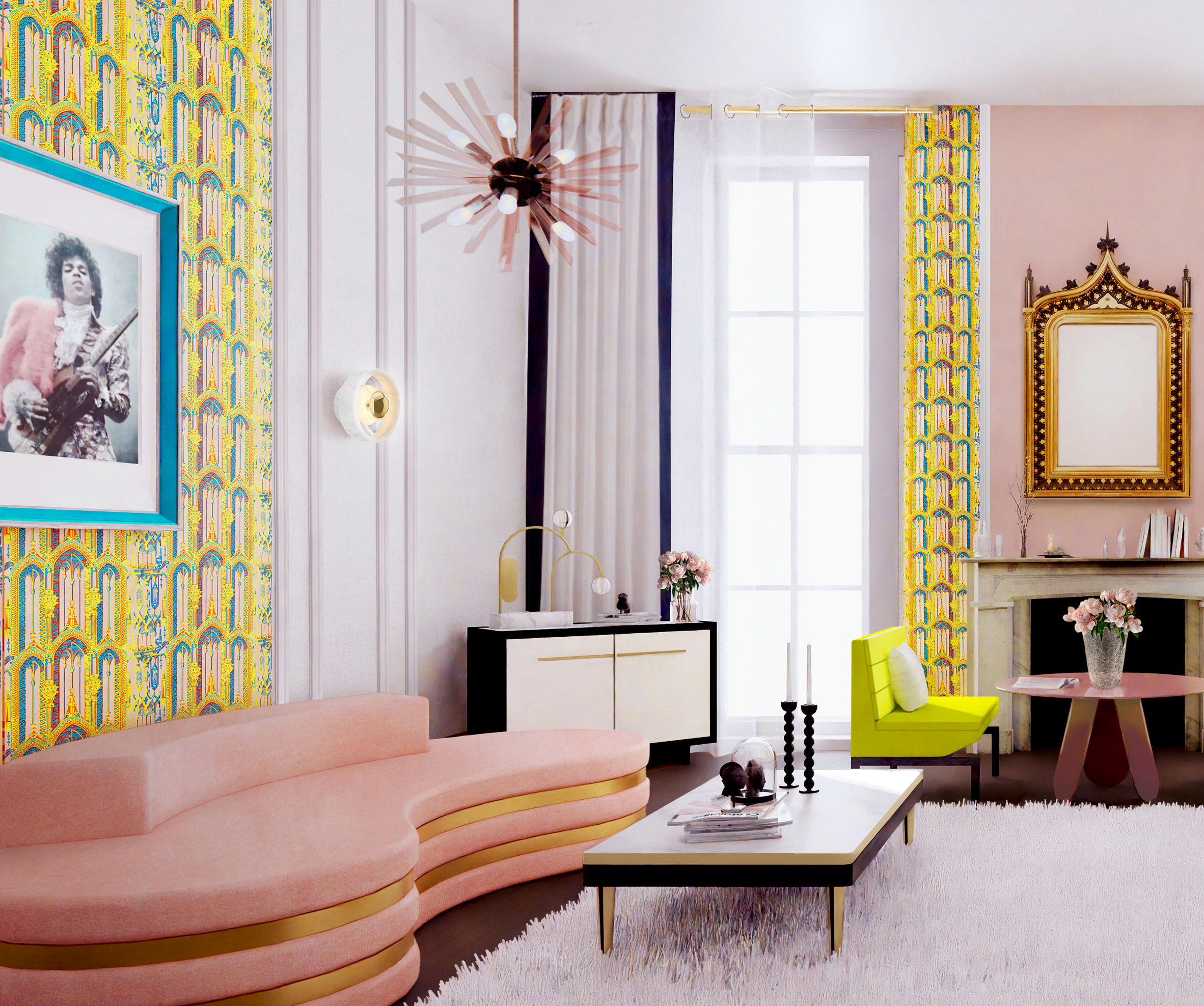
Aside from the Blosser House, Katillac is also particularly proud of her revival work on the neoclassical Baltimore Place building, which was originally constructed by Kansas City architecture firm Wight & Wight as apartments for the carriage trade in 1915. A place in which she established her home and atelier in 2007, she was guided by the Régence and Regency styles that were at their zenith in the 18th century during its restoration, creating references to the period that picked up on many aspects of the Enlightenment: rational thinking, order, symmetry, motifs of mythological goddesses and poetic muses, and design juxtapositions including simple muslins married with lustrous silk.

As for the palette, it arose from the field of colour theory and the belief that various wavelengths of colour and light can affect wellness and mood, with the home boasting an entry swathed in a sulphurous yellow, a main room where yellow mixes with blue chalcedony, a dining room dominated by rose quartz, and aquamarine—a gemstone that exudes a sense of flow and good communication—in the bedroom.


Then, of course, there’s her current 1845 home Aderton House, which she says is “the full expression of everything we intended to express in Historic Style.” Today it still retains many of its original doors, millwork, transoms, sidelights and floors, as Katillac and her husband Steve Heiffus were keen to maintain respect for its original architecture and details, as well as the history of the town it resides in, Arrow Rock, which was a nexus for many cultures including First Nations peoples, French fur traders, African Americans, farmers, explorers, creatives and more.
The designer highlights a fabric she created in an oversized scale pattern of gemstones—a reference to her decades-long use of them in healing practices—among the home’s key design highlights, as well as monumental stills from Gucci’s Love Parade fashion show that flank the doorway to the lady’s drawing room, the focal point of which is a Maison Jansen-style French Revival bed that was found in a Charleston home. “Aderton House is a manifestation of history and love—the intention of appreciation of all of us,” she concludes.
Read more: Books | Designer | Interior Design | Interior Designer | Interiors | Restoration | USA



